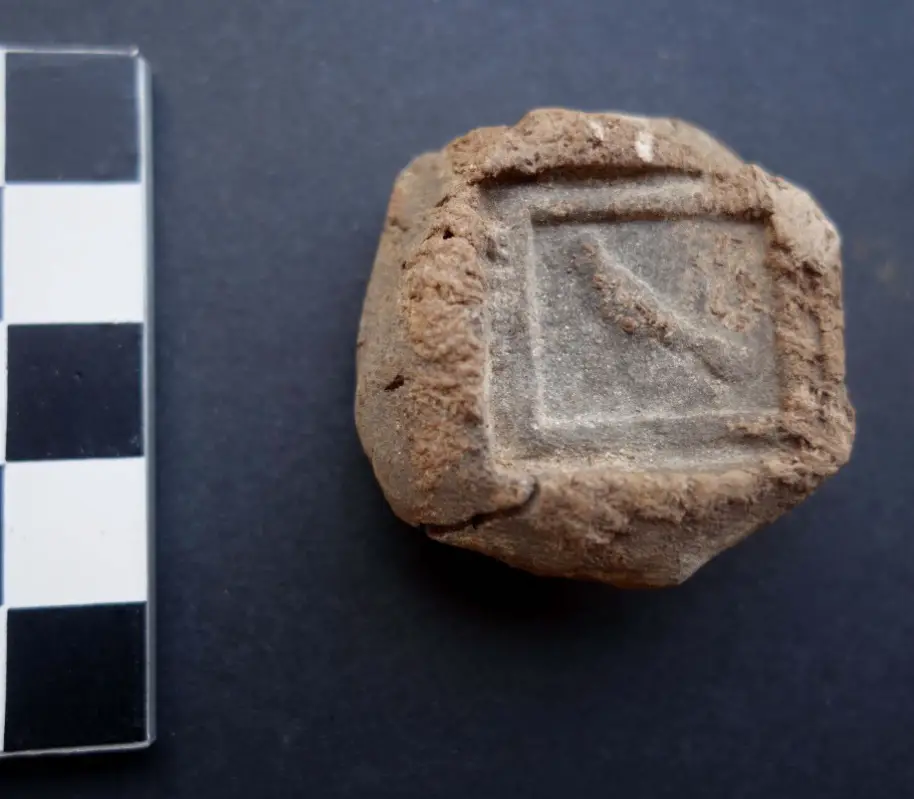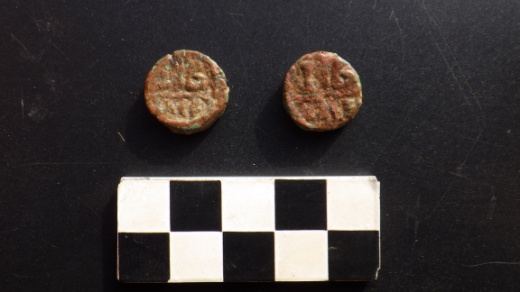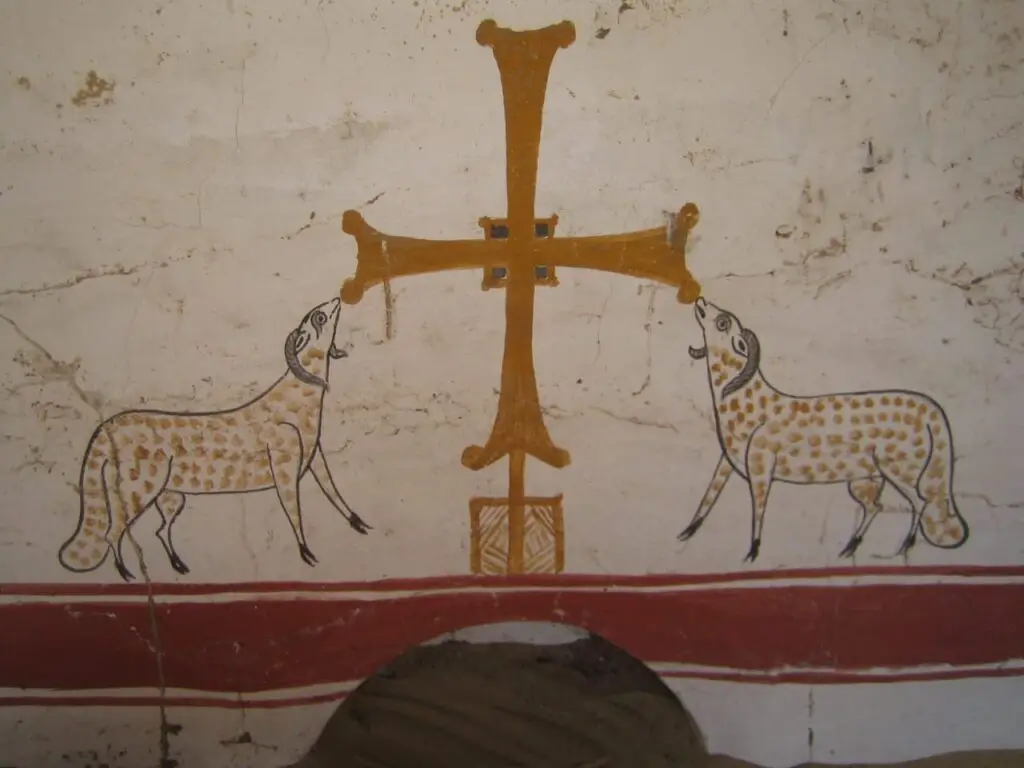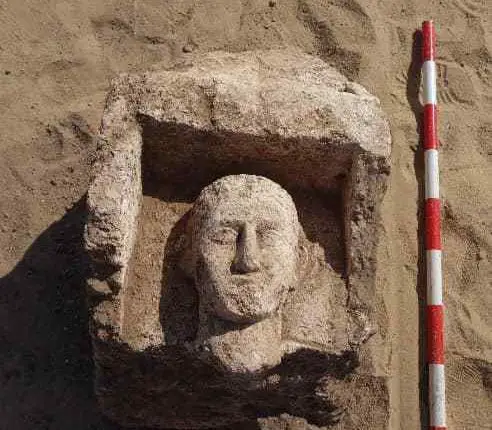It was the month of May 2020. The world had been suffering through the coronavirus outbreak. At the same time, Egypt gave us new archaeological evidence. It is related to the funerary activities in ancient Egypt.
The Discovery
Archaeologists had discovered a cemetery. This was dated to the el-Swai era. This era belonged to the 26th Dynasty of Egypt. It was the last native dynasty that ruled Egypt. In 525 BCE, the Persians invaded Egypt and defeated them.

Who Discovered?
An expert team of trained archaeologists had discovered the cemetery. It was a joint Egyptian-Spanish Archaeological mission. Esther Ponce had headed the mission. It was affiliated to the University of Barcelona.
There is a Specific Supreme Council of Antiquities in Egypt. Mostafa Waziri is the head of this council. He had announced this discovery to the press on 17th May 2020.
The Location
The discovery took place in the city of Bahnasa. It was earlier known as the city of Oxyrhynchus. It is located in the Minya Governorate in Egypt. Its name was Oxyrhynchus during the Roman Era. But, during the Islamic conquest, it became ‘Bahnasa’ after the name of Bahaa el-Nessa. She was the daughter of the city’s governor.
Significance of Bahnasa
The site of Bahnasa is archaeologically significant. Because it was an important city during the Roman Era. Over thirty thousand monks used to live there at that time. The city had a complete archive. Archaeologists discovered that archive in the late 19th century. It revealed more than fifty thousand papyri.
This previous discovery was important. Because it helped to know in detail about this city. Thus, it led archaeologists to understand the potential of this site for further discoveries. In ancient Egypt, people used to use papyri for writing and documenting purposes.
The Uniqueness of the Discovery
This discovery was unique. Because it revealed a very different style. Earlier, this style had not been encountered in this region. It consisted of one room. The room was built of limestone. Its looks were very elegant. Because the limestone was polished enough. It had its entrance from the north side. There was no trace of funerary furniture inside the cemetery.

Its uniqueness was its shape. It was flat, not vaulted. It was because of the structure and placement of its walls. The walls had curvature from the top at the beginning of the roof. Thus, the tomb is flat in shape. this feature was previously absent in the other discovered tombs in this area. Thus, this discovery was important.
Roman Era Finds
This discovery is significant. Because it had also revealed funerary evidence of the Roman Era. Almost eight tombs belonged to this era. So, this discovery revealed multi-cultural evidence of this region.


Archaeologists had recovered several artifacts dating back to the Roman Era. The important ones are Roman tombstones, bronze coins, small crosses, and clay seals, etc. So, these are helpful to understand the Roman history of Egypt also.



The Previous Findings
This region had witnessed archaeological excavations for the first time during 2008. Excavations continued till up to 2013. During that time, archaeologists uncovered several Roman Era artifacts and structures. Those consisted of ruins of a mud-brick church of the fifth century, the remains of soft-brick walls of a prayer room, a monk’s room, a dining room, a kitchen, and a crop storage area.
So, the recent discovery again had proven the archaeological potentiality of this region. Thus, we can expect more discoveries in the near future also.
